How to Clean a Plumbing Vent
Just like drain pipes, plumbing vents can also get clogged from time to time, which is why it’s important to know how to clean a plumbing vent. Knowing how to do so will allow you to keep your house vents clean, mitigating the risk of clogged ducts. You’ll also spend much less money repairing vents.
When plumbing vents become clogged, residents are at risk for becoming ill since it’s plumbing vents that help keep sewer gases from accumulating in a septic system. Toilet flushes also won’t drain as quickly, making your home feel uncomfortable.
Thankfully, regularly cleaning the plumbing vents can help prevent plumbing issues from arising. This guide will show you how to clean out a plumbing vent pipe.
How to Clean Plumbing Vent
Plumbing vents ensure that air circulates within a plumbing line, balancing pressure in a drain system. If the vent gets blocked, your plumbing system won’t function as it should, causing sewer gases to enter your home, posing significant health risks to your family.
If you notice unpleasant odors in your home or hear loud gurgling noises from your sinks, you may have a clogged plumbing vent. You’ll need to assess it carefully and clean it to avoid these issues.
Thankfully, cleaning plumbing vents is easier when you have the right tools and supplies. Before beginning the job, ensure you have at least a few of these on hand:
- A flashlight
- A garden hose
- Gloves
- A hacksaw
- A ladder
- A mask
- A plumbing auger (also called a plumbing snake)
- A rope
- A screwdriver
Here is how to clean your plumbing vent when you have your tools ready.
Step 1: Head to the Roof
When it comes to how to clean a plumbing vent, the first step is to head to the roof. Use the ladder to access your rooftop.
It’s important to be careful when doing this, as slips and falls can cause major injuries. Here are some safety measures to practice when climbing to your rooftop:
- Use a ladder with non-slip feet and place it on a firm, stable surface. You can secure the ladder at the base by tying it to a stable structure using a rope.
- Avoid climbing the roof after it has just rained. Wet rooftops are dangerous because you can slip off the rooftop and fall. Instead, wait until another day when it’s safer.
- Secure the ladder so it doesn’t slide sideways. You can add stabilizers (non-slippery pads) to the ladder to adhere to the house wall as you climb.
Of course, having to get onto your rooftop to clean plumbing vents is not only inconvenient but extremely risky. That’s why most people prefer hiring reputable plumbers like J. Blanton Plumbing to do the job.
Step 2: Remove the Debris in the Vent
The next step is to locate the plumbing vent on your roof, which is the pipe sticking out of the rooftop. If your roof has several pipes, place your ear near the openings and ask another person to flush the toilet to observe the sound. The plumbing vent will be the pipe where the sound of gurgling water will come from.
If your plumbing vent has a cap on the surface, use a screwdriver to remove it. Next, assess the vent pipe to see if there’s visible debris, such as leaves and branches. You may even find remains of birds and rodents clogging the plumbing vent.
Put on your gloves and mask, reach down the vent, and remove the debris or remains, placing them in a garbage bag. Sometimes, removing the obstructions can restore air circulation.
Once you have removed any visible obstructions, use the plumbing auger to unclog any debris further down the plumbing vent pipe. This tool can loosen all the waste accumulated in the pipes.
Step 3: Use the Garden Hose to Break the Remaining Clog
If there are still obstructions in the plumbing vent after using the plumbing snake, use a garden hose with a nozzle to spray water down the vent pipe, using the most powerful setting.
The water will help clear any remaining obstructions in the plumbing pipe. Continue directing the water into the vent pipes to push all the debris down the sewer line.
Of course, if the pipe has a larger blockage, such as years of debris or an animal that crawled and died in the vents, water might fill the vent pipe and overflow through the opening. In that case, you’ll need to consider more aggressive techniques to clean the plumbing vent—by that point, you’ll likely need professional intervention.
Step 4: Confirm if the Plumbing Vent is Now Working
Once you’ve cleared out the debris in the vent pipe, check if the plumbing vent is working as it should. Place the palm of your hand over the plumbing vent and let someone in the house flush the toilet. If you feel a suction force, you’ll know that the plumbing vent is working properly.
If the plumbing vent is still not working correctly after completing all the steps above, the problem is likely worse than you thought. Consider hiring a reputable plumber like J. Blanton Plumbing to assess your vents and resolve the issue.
Consult a professional as necessary
Although you now know how to clean a plumbing vent, removing plumbing vent blockages is still strenuous practice. That’s why preventive measures are important to avoid blockages in the first place. Cleaning plumbing vents should be a routine maintenance task.
Plumbing experts from J. Blanton Plumbing can have this done quickly at affordable prices. Contact us today for plumbing vent cleaning and other plumbing services!











